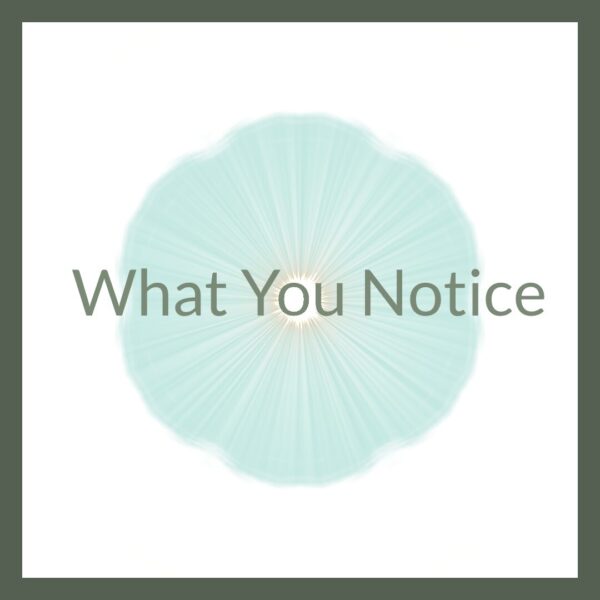A Treat, a Ritual, a Constant
Candy was there from the beginning. Not just the kind from holidays or birthday parties. When I was young, my friends and I would walk the five blocks to the corner store, almost like a mini adventure — to flip through magazines, pick out candy, maybe grab a bag of chips. It felt like a choice, a treat, a moment. Now it’s everywhere. Lining the checkout lane. Disguised in Starbuck’s caramel drizzle. Waiting for you while you pump gas or buy groceries — always within reach, always promising a little lift. The kind we all rely on, often, to soften the edges of a life that can feel overwhelming. The kind I could buy with my own money. The kind that, for decades, got me through.
Sweetness That Shaped Me
Over the decades, it followed me — through childhood, through a few different fast-paced jobs in New York where candy was how I kept going, through a traumatic brain injury, and even into my own therapy practice, where I once used candy as a behavioral reinforcer for my youngest clients… and as a quiet reinforcer for myself, too. It was the most consistent tool I had: energy, pleasure, comfort, numbing — all packed into a colorful wrapper.
I used to think fruit was a second-rate substitute — nature’s humble offering next to the gold-wrapped brilliance of a Ferrero Rocher. Candy felt like something you chose; fruit was something you were supposed to eat. I didn’t realize then that my body was already adapting to a world where sweetness had to be bought, packaged, and unwrapped to feel real.
I Thought It Was Just Me
Only now — years after a Melanoma diagnosis, and the catalyst for a long slow return to myself — do I see that the candy wasn’t just a treat. It was part of the pattern. It shaped my blood chemistry, my energy swings, my mood loops. It sharpened the edges of my OCD-like thinking, giving me short bursts of relief followed by deeper crashes.
The crash was always there, but like most of us, I didn’t see it. I thought I was just moody. Just tired. Just “not myself.” I hadn’t always thought to trace it back to the sugar. We’re so conditioned to live in the spike — the rush of a quick fix — that the crash feels like normal. The exhaustion, the looping thoughts, the urgency to fix something — I thought that was my personality. But in hindsight, it was my chemistry.
Who I Thought I Was
I remember a boyfriend once told me I was moody, and I was genuinely surprised. I didn’t see myself that way. But of course I didn’t — I was living inside a body that had been run on candy and processed foods since childhood. That version of me felt like me. I didn’t have a “before.” I had rejected jarred vegetables as a baby, craved sweetness early, and found ways to get it on my own by the time I could walk to the corner store. Sweetness wasn’t a treat. It was a throughline. It shaped my taste buds, my nervous system, and maybe even my personality.
A Quieter Brain, A Calmer Loop
It’s only now, after a year of eating a whole food, plant-based, no-oil diet that I’m starting to meet a different version of myself. One who loops less often. One who can break the cycle faster. One who catches her breath sooner. My lipid profile is changing. My sleep is more deep and restorative. I no longer eat processed food — at all — and the sugar-fueled crashes that once defined my rhythms? They’re so distant now, I almost have to go looking to remember what they felt like. And, thankfully, the cravings are a thing of the past.
Not Just in My Head
What’s striking is that I didn’t change my eating to “treat OCD” or “cure anxiety.” I changed it to protect my brain — long-term — after a moderate TBI and cancer diagnosis. But the changes are showing up in my emotional landscape, too. Less internal noise. Fewer internal negotiations. More space to not manage everything. That’s new for me.
And this is what I wish someone had told me: that obsessive looping — especially the kind that hides in people-pleasing, guilt, and relentless self-monitoring — isn’t just psychological. It’s metabolic. It’s neurological. I wasn’t compulsively cleaning or checking doors. I was mentally tracking every word, gesture, and interaction, trying to stay good, stay safe, stay liked. And sugar, for much of my life, was part of the fuel that kept that loop in motion.
A Culture That Keeps Us Hooked
We live in a culture that hands us sugar (and caffeine) instead of rest. Cake for celebration. Candy as a form connection. It’s handed out at schools, at offices, in therapy rooms. It’s considered harmless, even fun. But for me — and maybe for you — it was fuel for the very loop I was trying to escape.
Maybe It Was Never You
I’m not writing this to villainize sugar. I’m writing it because I want to say something no one ever said to me:
If you’ve been stuck in looping thoughts, in control-seeking, in managing everyone’s reactions — maybe it’s not a character flaw. Maybe it’s a chemistry loop that’s finally ready to unwind.
I’m not all the way there. But I no longer believe that “there” has to come through force, willpower, or therapeutic contortions. Sometimes, it starts by clearing the crash, quieting the spike, and feeding the body in a way that makes clarity possible again.

